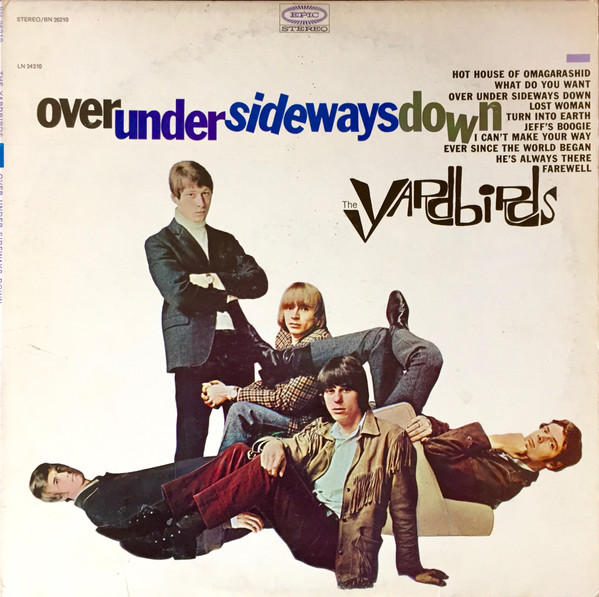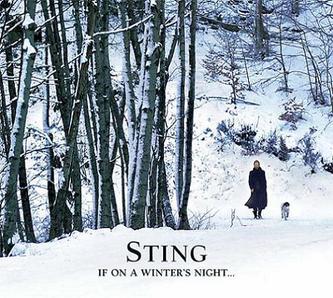Given the development of this unique little album, it’s bound to confuse people who aren’t obsessed with Bob Dylan or any of the participants. (Especially since its release was arguably overshadowed by a
product more important to those obsessed.) Basically, it’s new music written to suit a pile of handwritten lyrics most likely dating from prior to the recordings known for years as
The Basement Tapes. (Something similar happened in the ‘90s with unused Woody Guthrie lyrics, so there’s another precedent.) The project was driven by T Bone Burnett, so ultimately, it’s a T Bone Burnett album, familiar to anyone who’s heard the
O Brother, Where Art Thou soundtrack or
Raising Sand, the stellar meeting of Robert Plant and Alison Krauss. The New Basement Tapes is the name given to the collective, these song gathered under the title
Lost On The River.
They’re not trying to recapture the basement sound of “Million Dollar Bash” or “Please Mrs. Henry”, but living within the country, blues and Appalachian folk that people like Greil Marcus insist inspired the original sessions. Banjo and fiddle courtesy of Rhiannon Giddens of the Carolina Chocolate Drops make this a distinct slice of Americana, and that’s considering that two Brits—Burnett buddy Elvis Costello and Marcus Mumford on leave from Mumford & Sons—are involved. Jim James of My Morning Jacket and Taylor Goldsmith from Dawes round out the group, and everybody swaps instruments when one is needed. (Of course, there’s a deluxe version with five more songs, one per band member.)
As per his recent work, Elvis tends to over-emote and spit. “Six Months In Kansas City” is two songs stuck together, encouraging shouted asides from the rest of the group, but still fares better than “Married To My Hack”. “Golden Tom—Silver Judas” could go on his “Sugarcane” albums, and the lovely melody on his version of “Lost On The River” (denoted “#12”) makes it the keeper of his contributions. (It was a smart move to record several versions of each song to inspire collaboration, and certainly to set up a possible sequel already in the can should demand arise, but the mind shivers at the possibility of stabs at “Hidee Hidee Ho” that didn’t make the first cut.)
Elvis is arguably the biggest “name” here, but he doesn’t nudge aside the lesser-known players. If anything, this album will expose people to them. Jim James already made a stamp as a Dylan interpreter from his appearance in the surreal faux-biopic I’m Not There. Arguably, his songs sound the most like potential Dylan songs, given his voice’s similarity to the Nashville croon. “Down On The Bottom” builds well, while “Nothing To It” is both jaunty and rocking, infused with a wonderful fuzz.
The original basement sessions were a pointed boys’ club, so having a woman sing on these also makes it separate from that established norm. At first appearance Rhiannon Giddens reminds the listener of Natalie Merchant, who appeared on the Billy Bragg and Wilco collaborations on the Guthrie material, but that comparison is grossly unfair considering how much more she offers. She infuses “Spanish Mary” with a melody that Bob would have been happy to pinch himself (and if he keeps making albums, he still might). And her closing take of “Lost On The River” (denoted “#20”) is pleasingly spooky. Taylor Goldsmith’s “Liberty Street” also recalls the Bragg/Wilco project, only because it’s so damn gorgeous, while “Card Shark” sounds uncannily like early Bruce Cockburn. Marcus Mumford’s offerings sound a lot like what’s thus far brought him a fan base; “Kansas City” and “Stranger” are his standouts, the latter a welcome example of Dylan wordplay.
But even though Dylan was the spark for the project, and he did endorse it while keeping his distance, the album is best appreciated out of that context, and for that, it succeeds. To get a better appreciation for their accomplishment, the Lost Songs: The Basement Tapes Continued documentary is rather illuminating, though the staged recreations of the events of 1967 inspire more winces than wonder.
The New Basement Tapes Lost On The River (2014)—4



